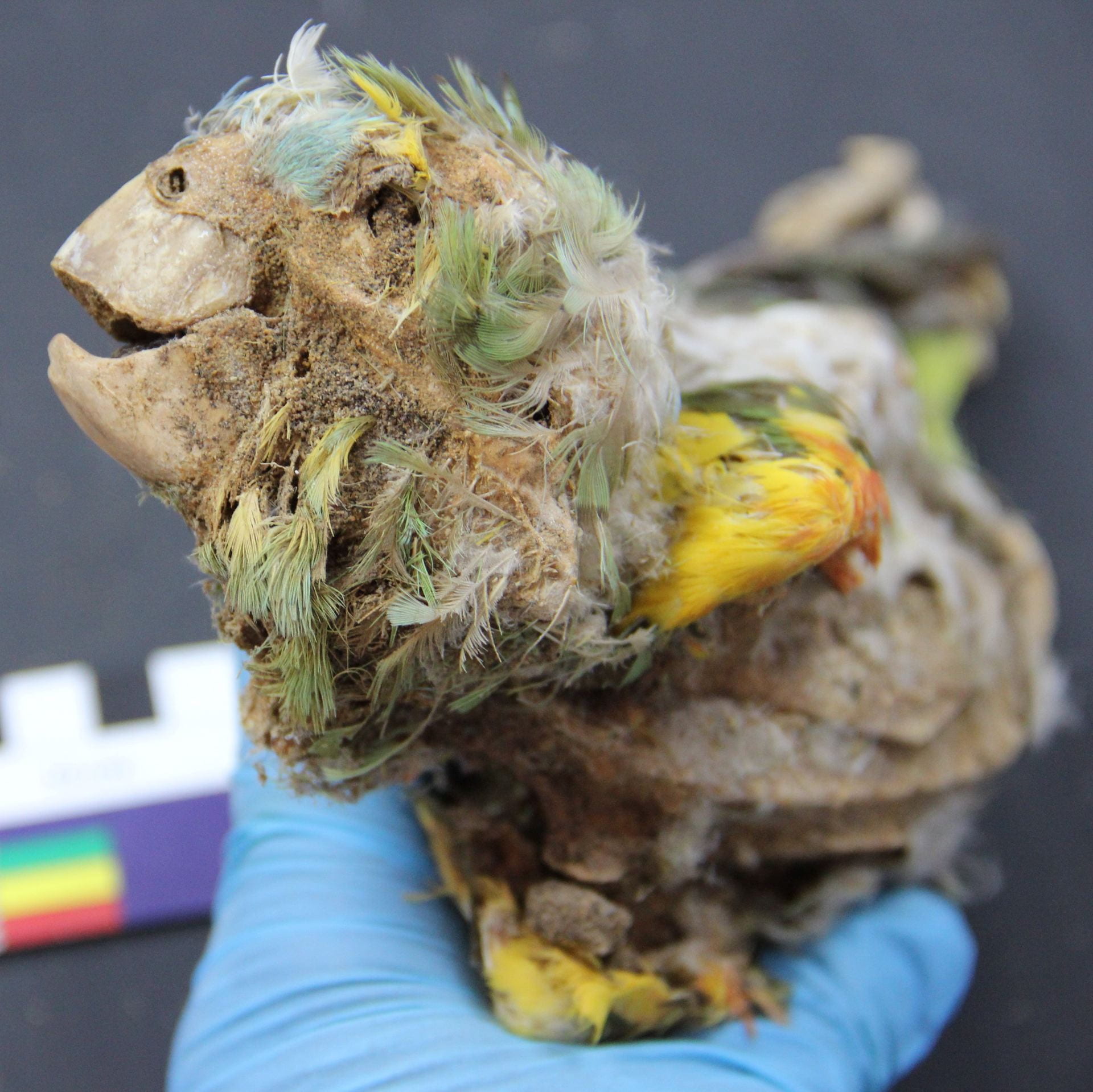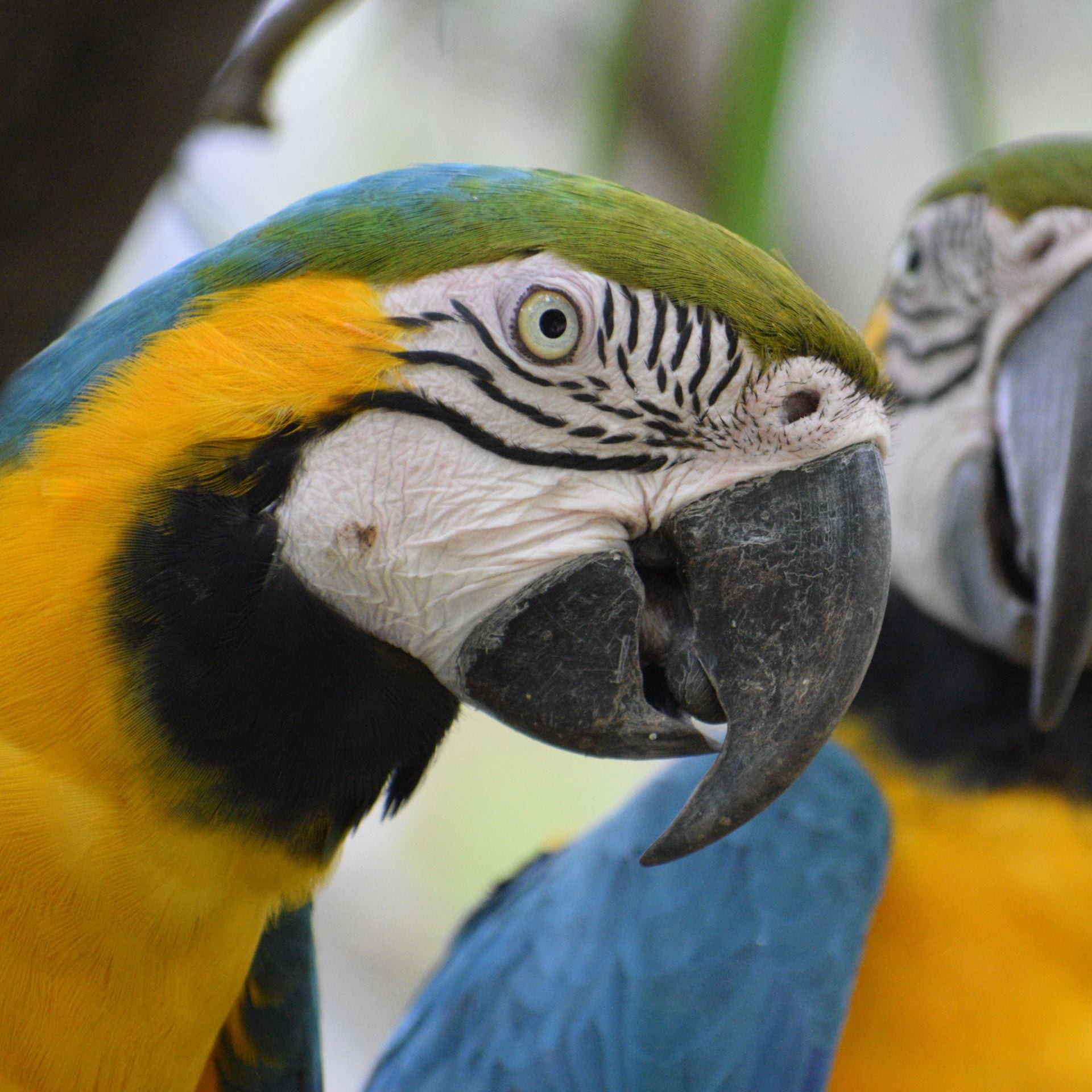South America is a megadiverse continent and one of the reasons are the multiple ecological niches created by the elevational and latitudinal variation that the Andes produced. A significant feature of cultural development in this region has been exploitation and circulation of specialized goods from different environments into other ones. These include medicinal plants and colorful tropical birds from the Amazonian forests making their way to the hyper-arid valleys of the Pacific Ocean. These circulation processes were enhanced by deployment of extensive trains of llama caravans and the development of roads, pathways, and networks of production and consumption. By relying on multiple methods, starting with the basic taxonomic identification of some of these goods in the archaeological record as well as sophisticated analytical techniques, we have explored some of the networks of circulations, their cultural meaning, and their significance for understanding resource utilization over time. For instance, the circulation of live amazon parrots and macaws from Amazonia towards the Atacama Desert, a practice likely motivated by the symbolic importance of colorful feathers for signaling material and relational wealth, but which allow significant insights into little known aspects of animal-people interactions over time.
Collaborators
- Dr. Daniela Valenzuela, Universidad de Tarapacá, Chile

